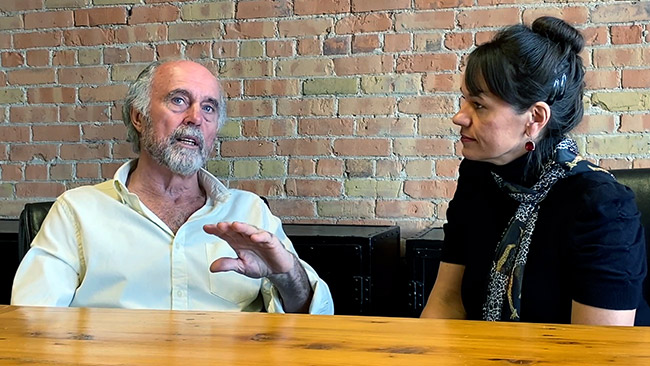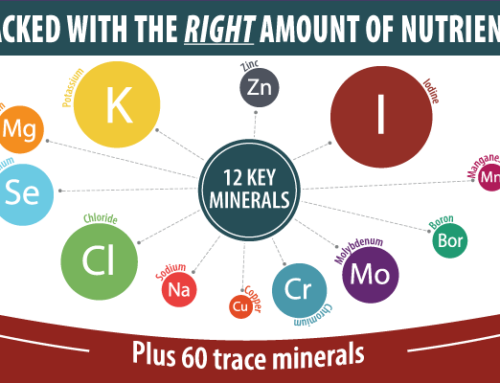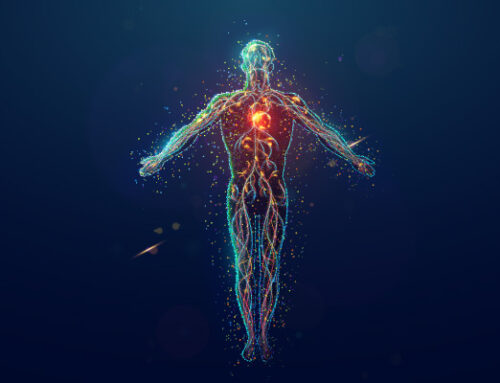What is the nature of vitality and health through a person’s life?
When you look at the aging of a human being, we go through different stages: babyhood, childhood, adolescence, and then what we call adulthood. We typically split that up into mature adult and then old age. One of the hopes for everyone is that vitality and health continue through all phases.
At the beginning of life, we have a huge amount of vitality and health. At this phase, the body has the capacity to adapt, compensate and adjust to the environment that we live in. When we come to adolescence, in some ways, we can consider that to be approaching Zenith because we are really engaged with the world now and we want to understand what’s going on in and around us. We also rebel as teenagers, and we question everything.
The Importance of Nutrition Early – You Can’t Catch Up Later
What teenagers forget is that they will age, and what parents need to understand is the need to establish a fundamental base to health in childhood and adolescence. Why? A person cannot catch up later in life.
Related article: Magnesium and Mom – Risks of Low Magnesium during Pregnancy
We see today that the incidence of chronic disease conditions has become ever younger. At one time we talked about adult-onset diabetes. We’re now dealing with diabetes in pediatric circumstances. For teenagers who are trying to understand our world right now, it’s so important to get a handle on this idea of health. Your health and vitality will not last through your life. You have to implement insurance policies and look after yourself now in order to reap the rewards of vitality in the future. This isn’t just purely supplementation; it also means having a healthy body and a healthy mind. Attitudes also play a significant role in that regard.
A Marriage between Western and Eastern Traditions
Hopefully, as time goes on, there will be more of a marriage between Western and Eastern philosophical traditions. The Eastern philosophical tradition is basically that the energetic body is the controller, organizer, and manager of the physical body. And if there are distortions present in the energetic body, it will reflect itself in the physical body. So there is a connection between the physical and the metaphysical understanding of what the human body is about, and how this affects vitality health. (Editor’s note: Most major cultural traditions identify a “vital energy” that guides one’s life force. Chinese philosophy calls this vital life force qi, and it is the energy from which everything in a person’s life flows.)
The last three or four thousand years, traditional Chinese medicine has accepted that there’s an energetic body around the physical body. And that forms the basis of acupuncture. For instance, I may put a needle in here to help my liver. There’s no physiological reason why that should affect my liver from our understanding of neurology and physiology, as we currently understand in the West.
But it does affect the liver.
What is the difference between a living body and a dead one?
It’s not as esoteric as it sounds. Consider this example: a person who has recently died has everything that we have, except life. In the terms of the physiology of the body, it’s exactly the same. But one is dead and we’re alive. What is the difference in vitality? The energetic body.
It goes back to a Newtonian understanding of the world, which is a reductionist understanding. Since we can’t actually quantify or measure the energetic body, western philosophy does not believe that it exists.
We can understand conceptually that life is there, but we can’t quantify it and measure it. And therefore, modern science would prefer to reject it and say that the energetic body doesn’t exist. There is growing evidence that it does, and China has much to teach in terms of our understanding of human physiology.
Related article: Magnesium Deficiency – Needs for Magnesium Not Met in Most People
The Connection between Minerals, Electricity, and Life Force
Since we’ve been talking minerals today, what’s the connection between electricity, mineral conductivity in the body, and life force? And how does it relate to vitality health?
First, we must understand that there’s a physical body and also an energetic body. Where the two come together is at the cellular level; that’s where the magic takes place in terms of the one interfacing with the other. That’s where electrolytes play their role.
Minerals that are in electrolyte (ionic) form are capable of conducting electricity in solution. These electrolytes create the sodium-potassium pump, which is critical for the body to function. The sodium-potassium pump operates because of the balance of sodium, calcium, magnesium, and calcium inside and outside the cell. This balance creates electricity in the body.
Related article: Electrolytes are essential for life, health, and peak performance
Electrolytes conduct electrical energy in the central nervous system, which enables us to perceive the world consciously.
Our physical body is the vehicle for our consciousness. In terms of the actual physical body, we’re dealing with the cellular interaction caused by the sodium-potassium pump, which is working at light speed. This is where the body and consciousness come together. The significance of the mineral interplay is still being researched, but unfortunately, it is being understood from a reductionist perspective as opposed to a more enlightened, holistic point of view. We’re still missing something. We’ve got a long way to go. We think we know it all, but we don’t.
There are, however, some beautiful western understandings of the human body, and here is one: Namely, that we have a nerve center system (central nervous system), and this nerve center system is how we perceive the world. This might be through the eyes. There is also the sense of touch, taste, and other senses. All of these are part of the nervous system. It is here that we become conscious of the world and interpret the world around us.
The central nervous system requires electricity to conduct its impulses, and electrolytes create this electricity through the sodium-potassium pump. The electricity then flows through the central nervous system.
Vitality Health in the Metabolic System is Unconscious
Next, we move to the metabolic system, which is totally unconscious. First, we taste the food through the central nervous system, but then we swallow the food and it is forgotten from there on down. Then, the metabolic system takes over, and this has a huge role. What goes on down here is absolutely fundamental to our health, but we’re not conscious of it. This is where we get nutrients into the blood; this is where the liver detoxes and the kidneys do their work, and so forth.
The Rhythmic System is the Heart and Lungs
Between the two (the central nervous system and the metabolic system) we have what’s called the rhythmic system, which is the heart and the lungs. This is where we embrace the outside environment. The heart impacts our emotional sense. It also does the blood work and it connects the nervous system to the metabolic system. This is an intermediate train.
The Effect of Micronutrient Deficiencies
Vitality health is when these systems are working in synchrony. If any one of these goes out of bounds it will create ill health. One of the ways this can happen and a person can become unhealthy is by a micronutrient deficiency.
The degree of micronutrients that we absorb and assimilate on a daily basis is minimal. If you think of, for instance, a teaspoon. A teaspoon is five grams. Well, the recommended daily allowance of magnesium per day is one-thirteenth of a teaspoon. Zinc is 10 milligrams, and 10 milligrams is 5-hundredths of a teaspoon. Chromium, which is 40 micrograms, is 125-thousandth of a teaspoon.
We overindulge in food rather than picking up the micronutrients. Those minor, minor, minor details make the difference between vitality health and ill health. For example, chromium has a huge significance for glucose metabolism. And if we don’t have that nutrient, we’re not going to metabolize correctly. Every element brings in another component.
This is a fascinating subject, because we see not only the effects of micronutrients, but also how the body engages with the outside environment. We are talking about both physiology and psychology. It’s not only the emotional component in your brain, but also your heart. You’ve got to have all of these in balance to interact with each other to create your custom vitality health.
It’s a wonderful study, isn’t it?
Citations:






